Christopher Wöpke
Traps and transport resistance are the next frontiers for stable non-fullerene acceptor solar cells
Wöpke, Christopher; Göhler, Clemens; Saladina, Maria; Du, Xiaoyan; Nian, Li; Greve, Christopher; Zhu, Chenhui; Yallum, Kaila M.; Hofstetter, Yvonne J.; Becker-Koch, David; Li, Ning; Heumüller, Thomas; Milekhin, Ilya; Zahn, Dietrich R.T.; Brabec, Christoph J.; Banerji, Natalie; Vaynzof, Yana; Herzig, Eva M.; MacKenzie, Roderick C.I.; Deibel, Carsten
Authors
Clemens Göhler
Maria Saladina
Xiaoyan Du
Li Nian
Christopher Greve
Chenhui Zhu
Kaila M. Yallum
Yvonne J. Hofstetter
David Becker-Koch
Ning Li
Thomas Heumüller
Ilya Milekhin
Dietrich R.T. Zahn
Christoph J. Brabec
Natalie Banerji
Yana Vaynzof
Eva M. Herzig
Dr Roderick MacKenzie roderick.mackenzie@durham.ac.uk
Associate Professor
Carsten Deibel
Abstract
Stability is one of the most important challenges facing material research for organic solar cells (OSC) on their path to further commercialization. In the high-performance material system PM6:Y6 studied here, we investigate degradation mechanisms of inverted photovoltaic devices. We have identified two distinct degradation pathways: one requires the presence of both illumination and oxygen and features a short-circuit current reduction, the other one is induced thermally and marked by severe losses of open-circuit voltage and fill factor. We focus our investigation on the thermally accelerated degradation. Our findings show that bulk material properties and interfaces remain remarkably stable, however, aging-induced defect state formation in the active layer remains the primary cause of thermal degradation. The increased trap density leads to higher non-radiative recombination, which limits the open-circuit voltage and lowers the charge carrier mobility in the photoactive layer. Furthermore, we find the trap-induced transport resistance to be the major reason for the drop in fill factor. Our results suggest that device lifetimes could be significantly increased by marginally suppressing trap formation, leading to a bright future for OSC.
Citation
Wöpke, C., Göhler, C., Saladina, M., Du, X., Nian, L., Greve, C., Zhu, C., Yallum, K. M., Hofstetter, Y. J., Becker-Koch, D., Li, N., Heumüller, T., Milekhin, I., Zahn, D. R., Brabec, C. J., Banerji, N., Vaynzof, Y., Herzig, E. M., MacKenzie, R. C., & Deibel, C. (2022). Traps and transport resistance are the next frontiers for stable non-fullerene acceptor solar cells. Nature Communications, 13(1), Article 3786. https://doi.org/10.1038/s41467-022-31326-z
| Journal Article Type | Article |
|---|---|
| Acceptance Date | Jun 14, 2022 |
| Online Publication Date | Jul 1, 2022 |
| Publication Date | 2022 |
| Deposit Date | Jul 11, 2022 |
| Publicly Available Date | Jul 11, 2022 |
| Journal | Nature Communications |
| Publisher | Nature Research |
| Peer Reviewed | Peer Reviewed |
| Volume | 13 |
| Issue | 1 |
| Article Number | 3786 |
| DOI | https://doi.org/10.1038/s41467-022-31326-z |
| Public URL | https://durham-repository.worktribe.com/output/1201313 |
Files
Published Journal Article
(1.2 Mb)
PDF
Publisher Licence URL
http://creativecommons.org/licenses/by/4.0/
Copyright Statement
This article is licensed under a Creative Commons Attribution 4.0 International License, which permits use, sharing, adaptation, distribution and reproduction in any medium or format, as long as you give appropriate credit to the original author(s) and the source, provide a link to the Creative Commons license, and indicate if changes were made. The images or other third party material in this article are included in the article’s Creative Commons license, unless indicated otherwise in a credit line to the material. If material is not included in the article’s Creative Commons license and your intended use is not permitted by statutory regulation or exceeds the permitted use, you will need to obtain permission directly from the copyright holder. To view a copy of this license, visit http://creativecommons.org/licenses/by/4.0/.
You might also like
Transport Resistance Dominates the Fill Factor Losses in Record Organic Solar Cells
(2025)
Journal Article
Roadmap on established and emerging photovoltaics for sustainable energy conversion
(2024)
Journal Article
The physical meaning of time-delayed collection field transients from disordered devices
(2024)
Journal Article
Downloadable Citations
About Durham Research Online (DRO)
Administrator e-mail: dro.admin@durham.ac.uk
This application uses the following open-source libraries:
SheetJS Community Edition
Apache License Version 2.0 (http://www.apache.org/licenses/)
PDF.js
Apache License Version 2.0 (http://www.apache.org/licenses/)
Font Awesome
SIL OFL 1.1 (http://scripts.sil.org/OFL)
MIT License (http://opensource.org/licenses/mit-license.html)
CC BY 3.0 ( http://creativecommons.org/licenses/by/3.0/)
Powered by Worktribe © 2025
Advanced Search
